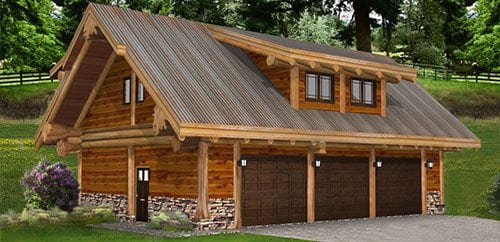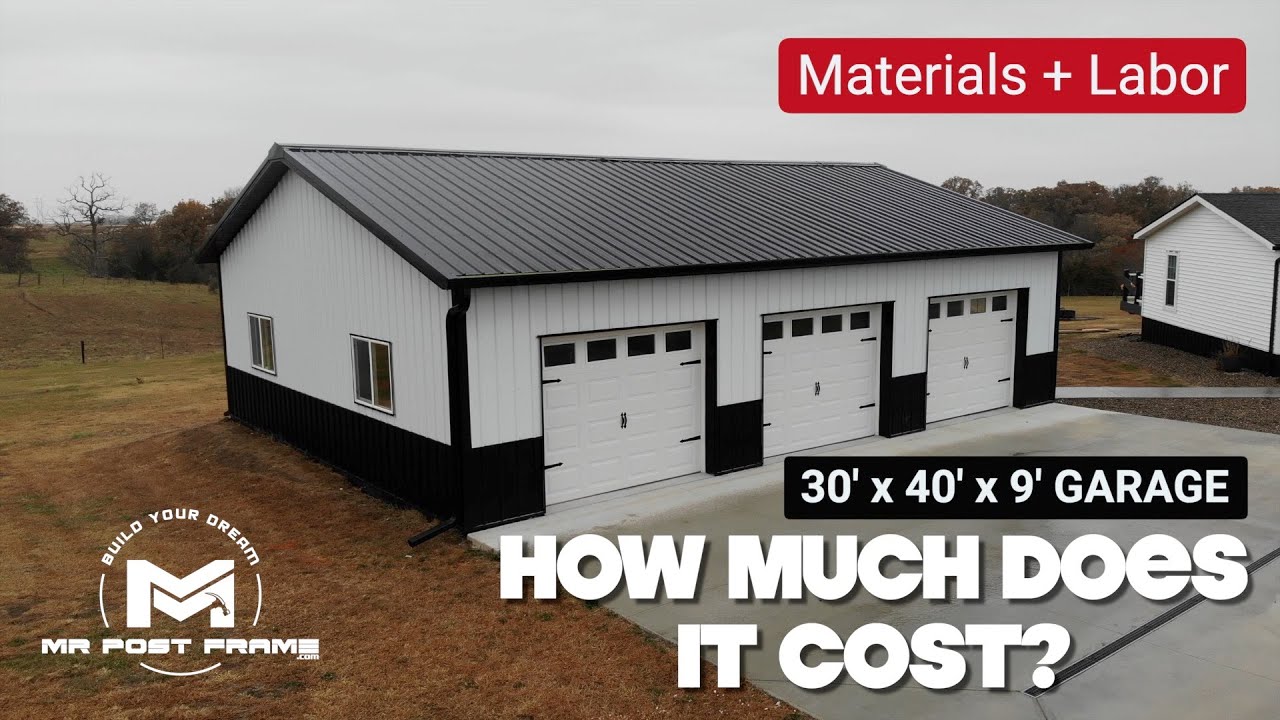
Consider a DIY garage shelving solution if your garage is lacking adequate storage. It's a great method to make use of your wall space, and maximize your storage. If you have the right tools and creativity, this can be a useful project.
Wooden shelves make up the majority of basic shelves. Wood is versatile, and you can stain it to create a beautiful finish. There are also garage organizer shelves that can be made from cheaper materials. You can find these items in most home improvement stores.
There are many freestanding units that you can choose from, but to mount it, you will need a strong ceiling or wall. Look for a unit with adjustable feet if you are choosing a mounting unit. They will protect your unit against tipping.
You can store your hobby gear on a garage workbench. To organize your tools, you can use the pegboard backing of a garage shelving system if you don't have enough space.

A well-organized garage is a safe haven for your belongings, so it's important to keep everything in its proper place. But it is easy to get overwhelmed. A custom storage wall will help keep your wares organized. The best thing with building your own shelves, is that they can be adjusted to suit your individual needs.
A multi-tiered garage shelving structure's ability to store heavy items is one of its most striking features. It is best to store heavier items on the bottom shelf. This will provide a solid foundation.
Another great thing about garage shelving, is the ability to mount it on your wall. This gives you the ability to increase floor space without having to move your belongings around from one shelf to the next. Depending on the type of material you use, it might be easier to clean than your average garage.
You can make a simple storage shelf with scrap wood and 2x4 planks. This is a cost-effective solution. A high-quality all-in-1 shelving unit can be purchased that comes assembled with pre-attached materials.
You can find a garage shelving solution that will fit your needs, no matter if you need more storage or a stable place to do serious car repairs. These amazing products are available today. You will be happy you did.

These amazing products will make it impossible to leave your garage cluttered with junk. Get organized in your garage, and you'll reap the benefits of a clutter-free space. These units can be as big or small as needed. These units will last many years. So what are you waiting for? Get it done!
You can build your storage shelves regardless of whether you are an experienced DIYer or a beginner. The process will give you a sense of accomplishment and pride.
FAQ
Why remodel my house when I could buy a new home?
Although it is true that houses become more affordable every year, you still pay for the same area. Even though you may get a lot of bang for your buck, you also pay a lot for that extra square footage.
It is less expensive to maintain a house that does not require much maintenance.
You can save thousands by remodeling instead of buying a new home.
Remodeling your current home can help you create a unique space that suits the way you live. You can make your home more comfortable for you and your family.
What is the difference between a remodel and a renovation?
A remodel is major renovation to a room, or a portion of a rooms. A renovation refers to minor changes made to a particular room or area of a given room. A bathroom remodel, for example, is a major undertaking, while a new sink faucet is minor.
Remodeling entails the replacement of an entire room, or a portion thereof. A renovation is simply a change to a specific part of a space. Kitchen remodels can include changing countertops, sinks, appliances and lighting. You could also update your kitchen by painting the walls, or installing new light fixtures.
What order should you renovate your house?
First, the roof. The plumbing is the second. Third, the electrical wiring. Fourth, the walls. Fifth, the floors. Sixth, the windows. Seventh, the doors. Eighth, is the kitchen. Ninth are the bathrooms. Tenth: The garage.
Finally, you'll be ready for the attic after you've done all these things.
You can hire someone who will help you renovate your house if you are not sure how. It takes patience, time, and effort to renovate your own home. It can also be expensive. If you don't have the time or money to do all the work, why not hire someone else?
Renovations are not always cheap but can save you lots of money in long-term. A beautiful home can make your life easier.
How much would it be to renovate a house vs. what it would cost you to build one from scratch?
Gutting a home involves removing everything within a building including walls and floors, ceilings as well as plumbing, electrical wiring, appliances, fixtures, and other fittings. It's often necessary when you're moving to a new house and want to make changes before you move in. Due to so many factors involved in the process of gutting a property, it can be very costly. The average cost to gut home ranges from $10,000 to $20,000, depending on your job.
A builder builds a home by building a house frame-by-frame, then adds doors, windows, doors and cabinets to the walls. This is often done after purchasing lots of land. It is usually cheaper than gutting a house and will cost around $15,000 to $30,000.
It all comes down to what you want to do in the space. You'll need to spend more if you plan to gut your home. If you're building your home, however, you don't have to tear everything down and start over. Instead of waiting for someone to tear it down, you can make it exactly how you want.
How long does it take to remodel a bathroom?
Remodeling a bathroom typically takes two weeks to finish. The size of your project will affect the time taken to remodel a bathroom. Some jobs, such installing a vanity and adding a shower stall, can take only a couple of days. Larger jobs like removing walls or installing tile floors and plumbing fixtures can take several hours.
A good rule of thumb is to allow three days per room. So if you have four bathrooms, you'd need 12 days total.
Is it cheaper to remodel a bathroom or kitchen?
Remodeling your bathroom or kitchen is expensive. It might be more cost-effective to upgrade your home than you think, given how much you spend each month on energy bills.
Small upgrades can help you save thousands of dollars per year. Simple improvements such as insulation of walls and ceilings can lower heating and cooling costs up to 30 percent. Even a minor addition can increase comfort levels and increase the resale value.
The most important thing to keep in mind when planning for renovations is to choose products that are durable and easy to maintain. Solid wood flooring, porcelain tile, and stainless steel appliances last longer than vinyl and laminate countertops and require less maintenance.
You might also find that replacing old fixtures by newer models can reduce utility expenses. For example, installing low-flow showerheads and faucets can lower water usage by up to 50 percent. You can reduce your electricity consumption by replacing inefficient lighting bulbs with compact fluorescent lights.
Statistics
External Links
How To
How to Remove Tile Grout on Floor Tiles
Most people are unaware of tile grouting. It is used for sealing the joints between tiles. There are many types available today. Each is used for a specific purpose. We'll show you how we can remove grout from floor tiles.
-
Before you begin, make sure you have everything you need. It is a good idea to have a grout knife, grout scraper, as well as some rags.
-
You will now need to clean off any dirt and debris that may have been under the tile. The grout cutter can be used to cut the grout and remove any loose tiles. It is important not to damage tiles.
-
After everything is cleaned up, use the grout scraper for any remaining grout. You can move on to step 4 if there is no grout left.
-
You can now move on to the next stage after you have completed all your cleaning. Soak one of your rags in water. Make sure that the rag is completely wet. Once the rag is wet, you can dry it by wringing the cloth.
-
Then, place the wet towel on the joint where tile meets wall. Keep the rag in place until the grout starts to separate. Slowly pull the rag towards you and continue pulling it back and forth until you have removed all the grout.
-
Continue repeating steps 4 through 5 until all grout is removed. Rinse the ragout. Repeat the process if necessary.
-
Once you have finished removing all the grout, wipe down the surface of the tiles with a damp cloth. Let dry thoroughly.